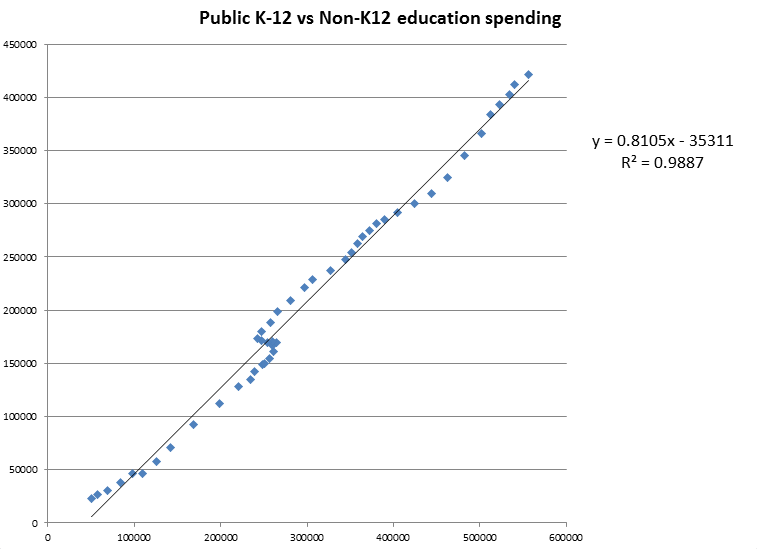I was a minor part of a conversation a few weeks ago with the Couros brothers ( @couros and @acouros ) when I jumped into their conversation about whether a school should allow a variety of Internet ready devices, or if schools should become mono-cultures and try and enforce a single type of device.
After 2 months of allowing a plethora of student Internet devices and the havoc it has wreaked on our ability to trouble shoot our wireless problems, I am beginning to wish that we had bought the devices for the students. I’d like every student to be using exactly the same hardware right now because it would mean that once we found wifi settings which worked for one student, the settings would work for all students.
One side of the argument is that it is more important to teach students about the Internet and computing itself than to let them become dependent on a single type of device. If all they see is a single device then they won’t know how to use other devices they may encounter later in life. They become experts at trouble shooting that one device, but then never learn about how to trouble shoot other devices. Technology is easy to use when it is working properly, it is when it is not working that you want students to be really comfortable working out solutions to the problems they find.
The other side of the argument is that schools have limited resources and time, and if we spend our time trying to negotiate and troubleshoot a variety of devices, we lose time students could be using learning with those devices. Instead we can use all the same device and all of our time repairing and fixing problems with the devices is reduced because very quickly we will know all of the solutions to the problems we will encounter.
What’s your opinion? Should we be rigid and use one type of device, or should we be flexible and allow any device?
